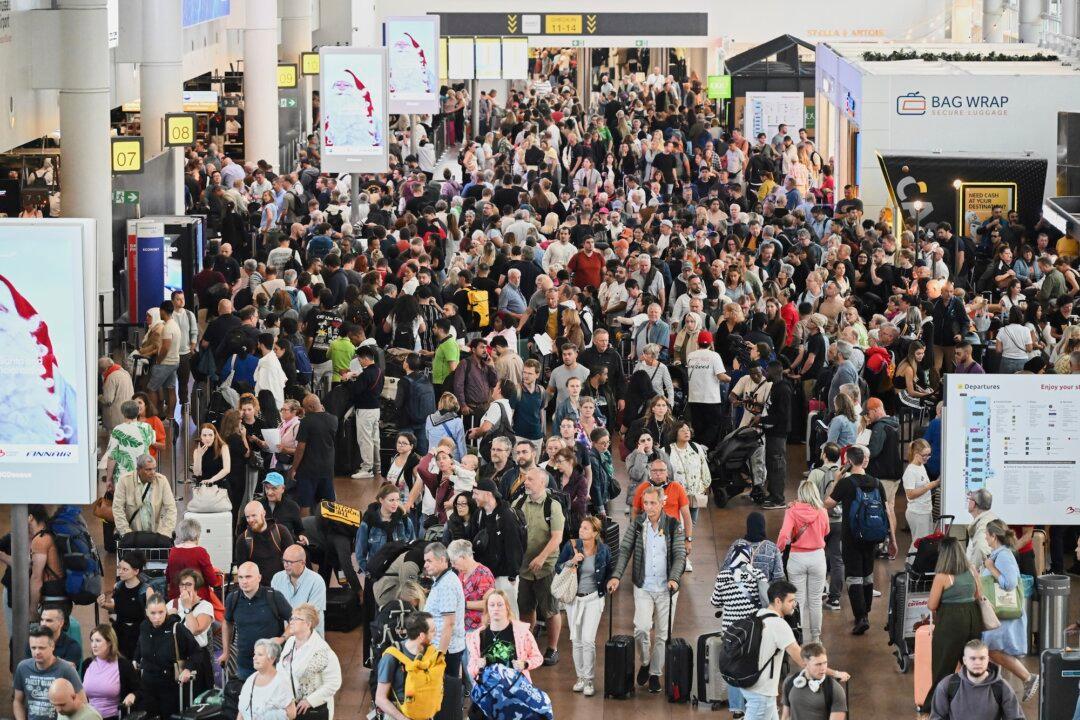Ukrainian authorities said that radiation levels were back to normal after an earlier radiation spike in the restricted zone around Chernobyl, the scene of the world’s worst nuclear accident.
“There is bad news—in the center of the fire, radiation is above normal,” Yegor Firsov wrote on Facebook on Sunday along with a video of a Geiger counter. “As you can see in the video, the readings of the device are 2.3 when the norm is 0.14.”





